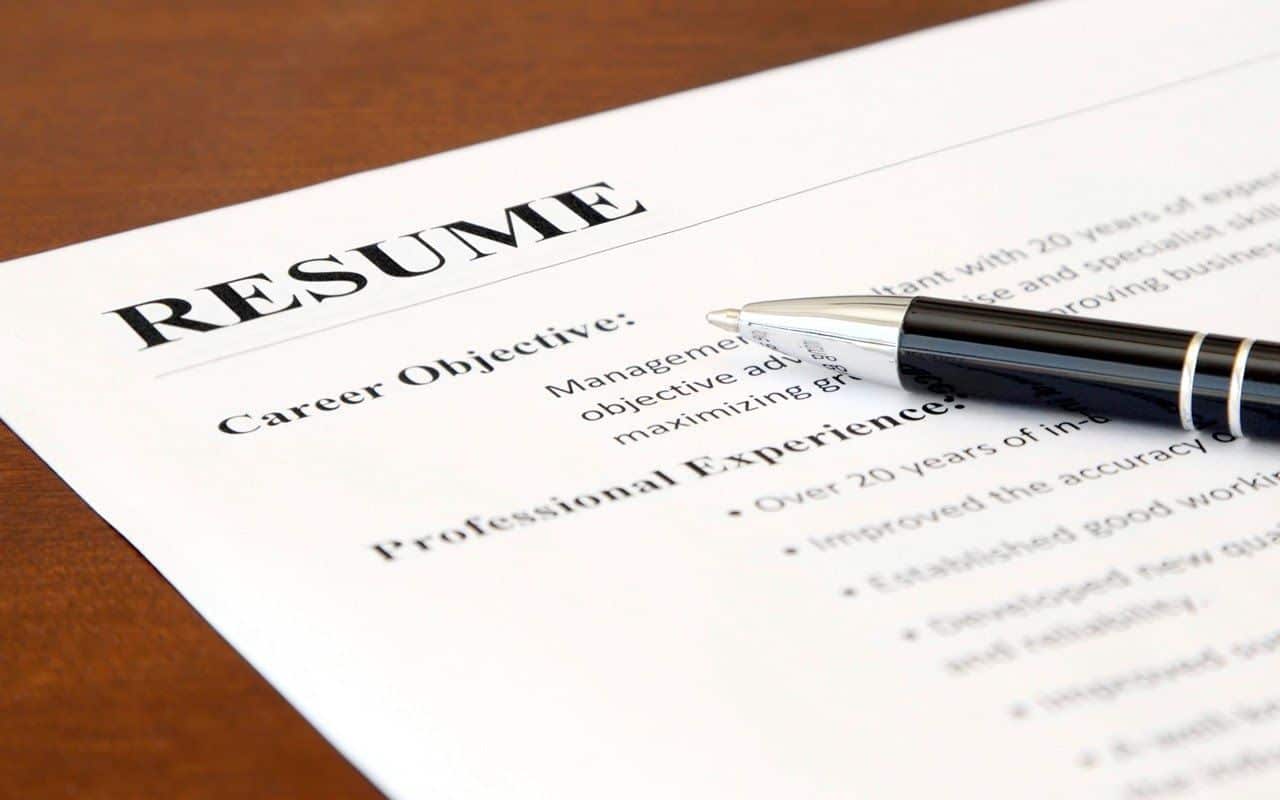Looking for that next step up in your arts & entertainment career? Dr. Eileen Wirth shares how to write the perfect cover letter to get your foot in the door for that representation or creative industry job you’re eyeballing.
When you write a cover letter, you’ve got four short paragraphs to:
- Introduce yourself and your credentials;
- Show how you fit the qualifications for a job or a creative project; and
- Tell strangers something so intriguing that they’ll want to meet you.
OMG! No wonder writing cover letters is one of the most difficult writing challenges people face. Making it worse, every field is different, with its own unwritten rules and subtle expectations. Get advice from a veteran of your field (or even a particular organization) before writing your letter and ask them to review your draft for tone and content.
Start by researching the qualifications of the job you are applying for or any public information about what a publisher or agency is interested in. Underline key words and then see how many you fit. Computer algorithms weed out applications that fail the key word search and advance those that seem the best match. Unless you have a super “in” who will override the computer, don’t apply for positions or projects that don’t fit your credentials. You’re wasting your time.
When you write your cover letter, go online for a model that shows standard format and punctuation. In the first sentence, say what you are seeking and why you are interested in working with (name the entity). The tone must be businesslike – no pleading and no faux enthusiasm. It’s worth mentioning anyone who encouraged you to apply, because if you get past the computer to a human reviewer, this can be important.
The second paragraph must show the computer that you are a good match for its criteria by focusing on your fit with as many key words as possible. Be specific about how your credentials fit the published requirements. If you don’t match with at least four terms, you are probably wasting your time. This applies to submitting projects or creative proposals as well as applying for jobs.
In the third paragraph, write something interesting about yourself. If the computer advances your application to a human, this information might determine whether you win an interview or your projects receive further consideration.
Avoid empty words like “hard working” or “enthusiastic.” Describe experiences and specific accomplishments that tell your story. Have you made juried art fairs? What roles have you played in community theater? If you raised money, how much did you increase revenue over the year before? Stress what you have done. And don’t apologize for grunge jobs like waiting tables while you audition for parts. It shows your work ethic, and even stars recall the years they did that.
The final paragraph tells how to contact you and when you will check in if you’ve heard nothing.
Above all, proofread EVERYTHING, especially name and organization spellings. Errors can spell automatic rejection.
A good cover letter won’t get you what you want, but it can open the door to further consideration. A bad cover letter knocks you out of contention.
Got a question or topic on creativity you would like Dr. Wirth to address for The Greenhouse Journal? Shoot her an email at [email protected].
